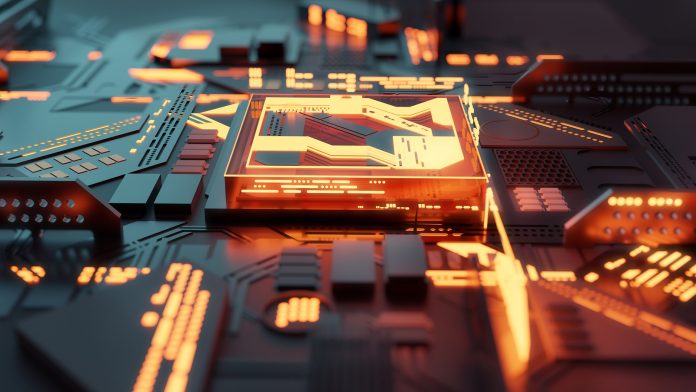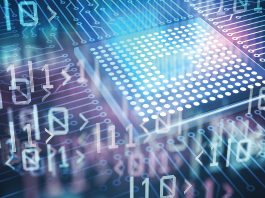Scientists from Japan and Australia have proposed a novel 2D design for quantum computers that can be constructed using existing integrated circuit technology.
According to researchers at Massachusetts Institute of Technology, USA, it will likely take several years of research before quantum computers reach their full potential. However, a new innovative design by Tokyo University of Science, Japan, RIKEN Centre for Emergent Matter Science, Japan, and University of Technology, Australia, has the potential to solve a myriad of problems facing the current 3D packaging for scaled-up quantum computers.
Unique and innovative solutions to quantum computing
Led by Professor Jaw-Shen Tsai, Tokyo University of Science, the research consortium propose a unique solution to this qubit accessibility problem by modifying the architecture of the qubit array.
‘Here, we solve this problem and present a modified superconducting micro-architecture that does not require any 3D external line technology and reverts to a completely planar design’, commented researchers in their new paper published in the New Journal of Physics.
The scientists began with a qubit square lattice array and stretched out each column in the 2D plane. They then folded each successive column on top of each other, forming a dual one-dimensional array called a ‘bi-linear’ array. This put all qubits on the edge and simplified the arrangement of the required wiring system.
In this new arrangement, some of the inter-qubit wiring overlaps, but because these are the only overlaps in the wiring, simple local 3D systems such as airbridges at the point of overlap are enough, and the system overall remains in 2D.
The research consortium evaluated the feasibility of this new arrangement through numerical and experimental evaluation in which they tested how much of a signal was retained before and after it passed through an airbridge. Results of both evaluations showed that it is possible to build and run this system using existing technology and without any 3D arrangement.
The importance of this research
It is expected that when error-corrected and fault-tolerant quantum computation is achieved, scientific and technological advancement will occur at an unprecedented scale.
Quantum computers use the fundamentals of quantum mechanics to process large amounts of information much faster than classical computers.
The basic units of a quantum computer are the ‘quantum bits’ or ‘qubits’. These are typically atoms, ions, photons, subatomic particles such as electrons, or even larger elements that simultaneously exist in multiple states, making it possible to obtain several potential outcomes rapidly for large volumes of data.
Theoretically, quantum computers require that these qubits be arranged in two-dimensional arrays, where each qubit is coupled with its nearest neighbour and is connected to the external control lines and devices. Once the number of qubits is increased, it becomes difficult to reach them from the exterior.









